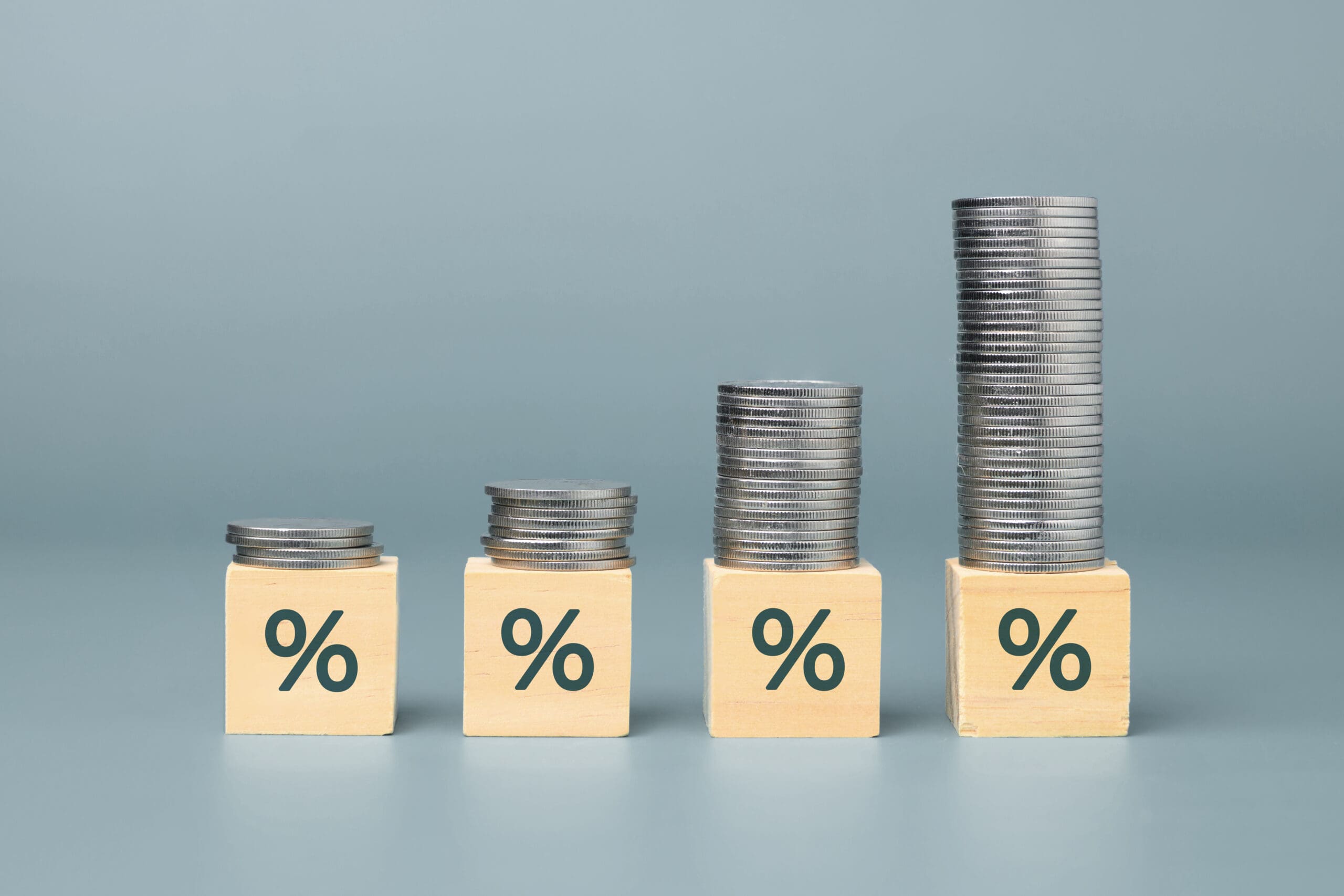For many small business owners, taxes may be a mystery, or an annual burden that surprises you every April 15th. Understanding your tax obligations and setting aside enough cash to pay them is an important part of your cash flow planning. This can be difficult if you have more than one source of income, such as another job or rental income.
Income taxes are required to be paid regularly during the year (at least quarterly), whether you are an employee or self-employed. Employees have the benefit of having tax withheld, but sole-proprietors, owners of a limited liability company, partners in a partnership, and owners of S corporations must determine their taxes on their own and make estimated payments on a quarterly schedule or be subject to underpayment penalties from the IRS and state tax authorities.
Avoiding Tax Penalties
There is a special rule to help you avoid underpayment penalties. The IRS will not charge you an underpayment penalty if:
- You pay at least 90% of the tax you owe for the current year, or 100% of what you owed for the previous tax year, or
- You owe less than $1,000 in tax after subtracting withholdings and credits
This rule is different high-income taxpayers. If the adjusted gross Income on your previous year’s return is over $150,000 (over $75,000 if you are married filing separately), you must pay the lower of 90% of the tax shown on the current year’s return or 110% of the tax shown on the return for the previous year.
Your state will also have estimated tax payment rules that may differ from the federal rules.
And don’t forget, sole proprietors, owners of an LLC, and partners in a partnership with trade or business income are subject to federal self-employment taxes of 15.3 percent of profits on top of your income taxes.
This is where good tax and cash flow planning is crucial. Make regular calculations to avoid surprises and set aside money for taxes throughout the year. If you need help, contact us today!







